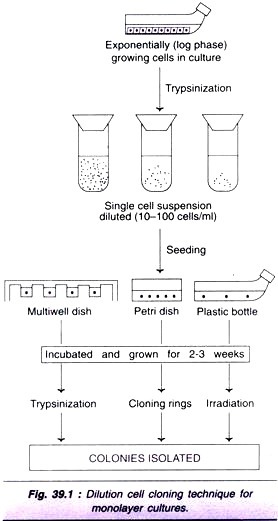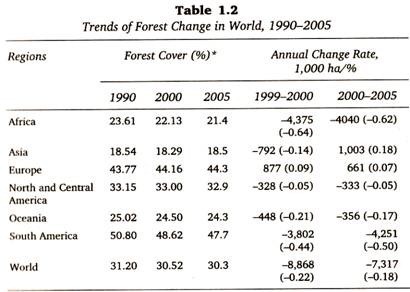ADVERTISEMENTS:
The flower is a specially modified shoot responsible for sexual reproduction in angiosperms.
Flowers exhibit wide variation in size, shape, colour and arrangement of floral parts. However, all flowers have the same basic plan (Fig 4.14. i)
In a typical flower there are four different whorls – sepals, petals, stamens and carpels. Stamens (androecium) and carpels (gynoecium) are reproductive whorls and constitute the essential parts of a flower.
 Sepals (calyx) and petals (corolla) are accessory whorls. When all the four whorls are present, it is termed as complete flower, and incomplete when any of them is absent.
Sepals (calyx) and petals (corolla) are accessory whorls. When all the four whorls are present, it is termed as complete flower, and incomplete when any of them is absent.
The stalk of flower is called pedicel. Swollen flat tip of pedicel forms the thalamus or receptacle. A flower having both stamens and carpels is called bisexual and when any of them is absent the flower is said to be unisexual. The unisexual flower may be either staminate (or male) or pistillate (or female).
Functions of a flower:
1. It helps in sexual reproduction.
2. It bears male sex organs i.e., stamens and female sex organs i.e., carpels.
ADVERTISEMENTS:
3. Ovary after fertilization ripens into fruit which contains seeds and thus is responsible for continuation of the race.
Parts of a flower (Fig. 4.14 ii):
Calyx:
The outermost whorl of the flower is calyx. It consists of a number of sepals. Sepals are usually green in colour and may be polysepalous (free) or gamosepalous (fused).
Corolla:
Corolla is the second whorl of flower. It consists of a number of brightly coloured petals. Petals may be polypetalous (free) or gamopetalous (fused).
Androecium:
It consists of a number of stamens which are male reproductive organs of the flower. Each stamen consists of a stalk like filament and flattened globoid top called anther. Pollen grains are produced inside the anther. The stamens of a flower remain free or united with each other. The condition when all stamens of a flower are free is termed polyandrous. The stamens are united in different ways in the flowers and gives rise to different conditions. These are:
(i) Monadelphous stamens:
ADVERTISEMENTS:
Filaments of all stamens are united forming a single bundle but the anthers are free, e.g. cotton, lady’s finger.
(ii) Diadelphous stamens:
Filaments are united forming two bundles and anthers are free eg. gram, pea, bean.
(iii) Polyadelphous stamens:
ADVERTISEMENTS:
Filaments are united forming a number of bundles but the anthers remain free, e.g. castor, lemon.
(iv) Syngenesious stamens:
Filaments are free and the anthers are united together into a tube e.g. sunflower, marigold.
ADVERTISEMENTS:
(v) Synandrous stamens:
Stamens are united throughout their whole length by filaments and anthers e.g. Cucurbitaceae.
Gynoecium:
It is the female reproductive part of the flower. The gynoecium is made up of one or more carpels. A typical carpel consists of three parts- basal swollen ovary, middle elongated style and upper terminal stigma. Carpels may be free (apocarpous condition) or united together (syncarpous condition). Ovary contains one or more ovules attached to the placenta. The placenta is a ridge of tissue in the inner wall of ovary, bearing one or more ovules. The distribution of placenta in ovary is termed as placentation.
ADVERTISEMENTS:
Inflorescence:
The flowers are arranged on the plants in some definite manner. The mode of arrangement of flowers on a specialized branch of the plant is called inflorescence. The axis of the inflorescence is called peduncle. Sometimes flowers are borne singly, such condition is termed solitary.
Types of inflorescence (Fig. 4.15 i-iii):
(i) Racemose or indefinite inflorescence
(ii) Cymose or definite inflorescence
In racemose or indefinite inflorescence, the peduncle grows indefinitely and flowers are arranged acropetally i.e. the older ones at the base and younger flowers near the apex or growing point. In Cymose inflorescence, the main axis stops its frowth and terminates into a flower.The lateral branches grow below it, which also terminates into flowers. Racemose inflorescence is subdivided into seven types and cymose inflorescence into three types. Flowers of some plants exhibit special types of inflorescence like hypanthodium, cyathium and verticillaster.





